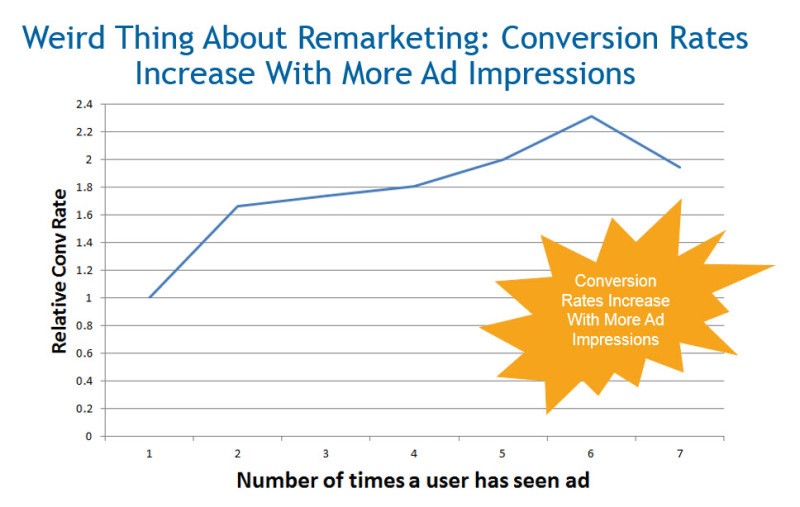The good thing about our contemporary world is that it offers website owners the possibility to send targeted ads to the people who have already shown interest in their brand. This is possible with the help of online marketing, which uses a lot of technology to create successful PPC, retargeting or remarketing campaigns.
The only problem is that the terms used for these online marketing techniques can sound a lot alike each other while they are quite different, and the best example for this is retargeting vs remarketing. And since these marketing techniques are meant to make our lives easier, let’s shine a light on them for further clarification.
Retargeting vs. Remarketing
Both of these online marketing techniques have one amazing thing in common: they offer marketers the possibility to target the people already interested in a certain product or service. Not to mention that retargeting and remarketing are both inexpensive and incredibly effective, so you should obtain an increased ROI. But in order to better understand each of them, we must explore the differences and understand the use cases recommended for both.
Remarketing
Remarketing is an online marketing technique which helps brands serve display ads to the people already interested in your brand, based on their browsing history.
It works as simple as this: once a user comes to your website, a cookie is dropped to follow him all over the web. Then, the cookie will implement the remarketing strategy by displaying an ad for your business, which has the purpose of encouraging the user to return to your website and make a purchase.
Retargeting
The main difference between remarketing and retargeting lies in the strategy used to reach potential customers: retargeting usually uses email to remind users of your brand. It works like this: a user visits your website and interacts with your brand, retargeting collects the user’s information and then it uses it to send him an email. Retargeting gathers information about users in different ways, including web analytics and other methods of user identification.
Retargeting uses that information to target prior website visitors and it is commonly used for shopping cart abandonment email campaigns, upsells or cross-sell emails and lifecycle marketing emails.
Retargeting and Remarketing Similarities
They are both efficient at identifying and reaching customers who are already interested in a certain brand. Moreover, retargeting and remarketing are both online marketing techniques that help you reach out to your website visitors after they’ve left. The technology used for both is the same: a small piece of code (cookie) is placed in the Internet browsers of your website visitors.
By using cookies and analytics reports, you have the possibility to know who has visited a website, searched for a specific product or, and clicked on certain web pages.
Retargeting and Remarketing Differences
The main difference between retargeting and remarketing is the strategy that’s used to reach potential customers who have left your website without making a purchase. While remarketing typically relies on cookies dropping ads, retargeting generally uses email. So, retargeting collects information about a user, and then uses it later to send them an email.
Retargeting and Remarketing: who do they target?
First of all, retargeting and remarketing focus on completely different users. Retargeting targets users who are genuinely motivated: people who have added something to their shopping cart or have performed another action to express that they are interested in buying a product. They’ve come a long way in the buying funnel and changed their mind somewhere close to the end of the buying process. On the other hand, retargeting efforts take the form of e-mails and focus on finding out why the person changed their mind, what else the brand can do or what other information they can provide, to help the user complete a purchase.
Remarketing mainly focuses on people who are somewhat or moderately interested. These are the users who have visited your website but haven’t taken any other action to express their interest in actually purchasing a product. Remarketing efforts are meant to keep your brand top of mind, to remind people that they’ve visited your website and that you’re still there. Remarketing generally takes the form of ads served to the prior visitor. The purpose of retargeting is to keep your brand top of mind when that user is ready to make a purchase.
Both retargeting and remarketing can be effective, and a combination of both might be an effective strategy for improving your overall profits.
Which do you think is better and why? Leave your comment below.




Hello, Amazing information shared on your blog vey powerful content shared by you. Keep it up and Thank you very much.